News + Media
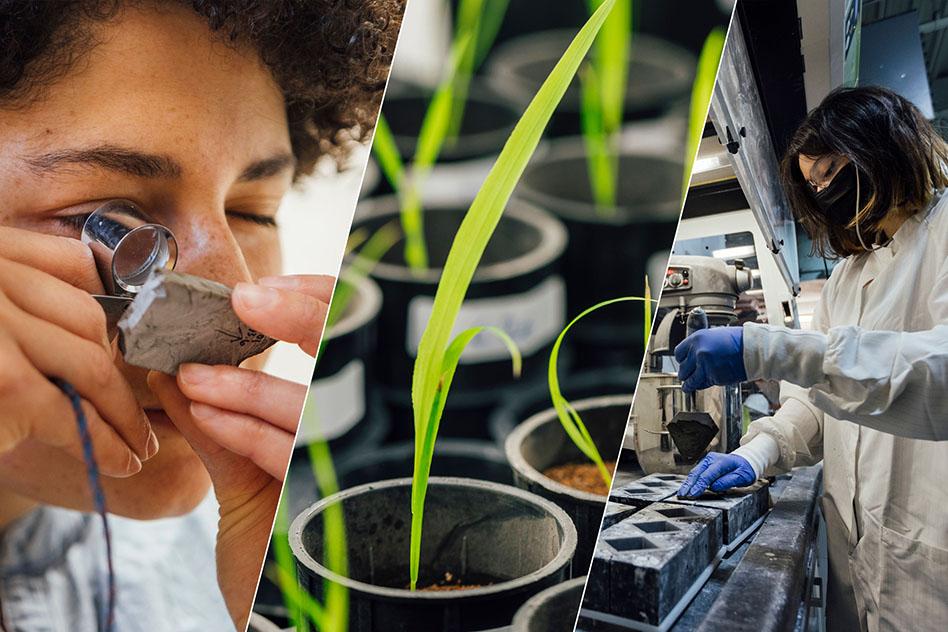
Joint Program researchers participating in three: Bringing Computation to the Climate Challenge, Preparing for a new world of weather and climate extremes, and The Climate Resilience Early Warning System (MIT News) (Coverage: Boston Business Journal)
The portfolio of multiyear projects focuses on delivering breakthrough solutions.
Watch Video
MIT News Office
Publication Date:
April 11, 2022
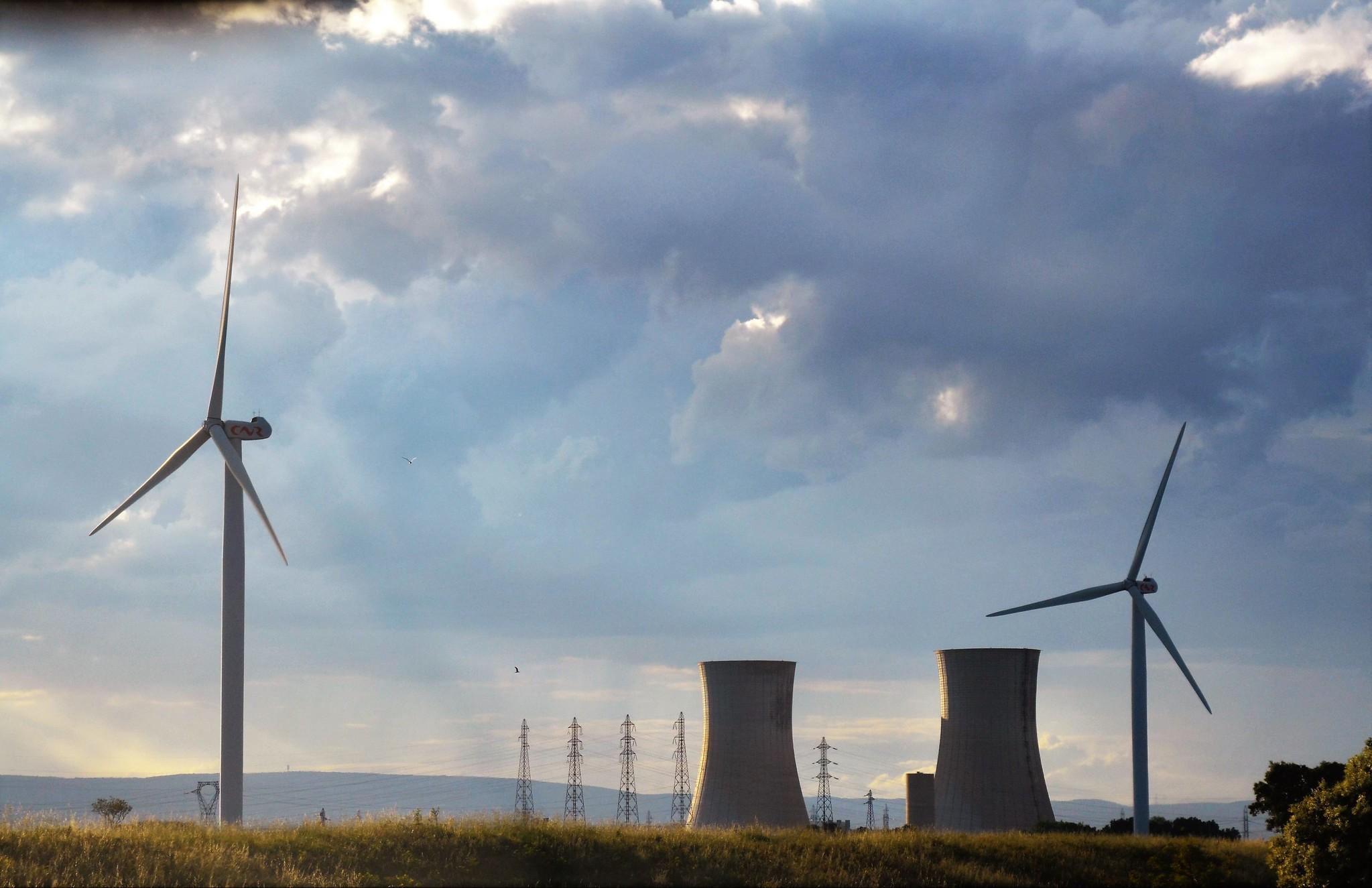
Uncertainty quantification of socio-economic outcomes can be combined with scenario discovery techniques to explore a full range of outcomes and provide insight into associated likelihoods while also identifying individual scenarios of interest. This unique approach quantifies multi-sector risks...
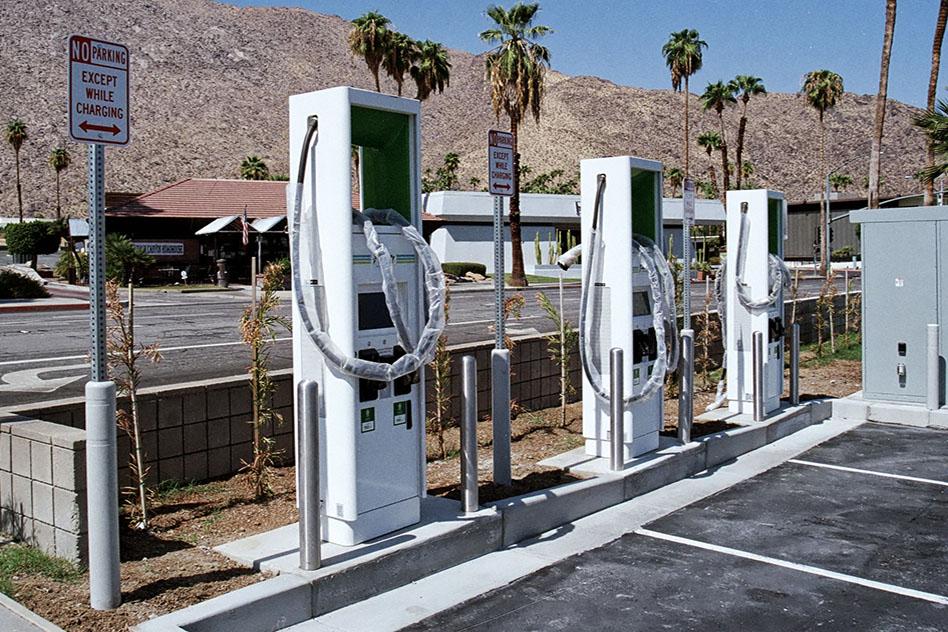
When the 2015 Paris Agreement set a long-term goal of keeping global warming “well below two degrees Celsius, compared to pre-industrial levels” to avoid the worst impacts of climate change, it did not specify how its nearly 200 signatory nations could collectively achieve that goal. Each nation...
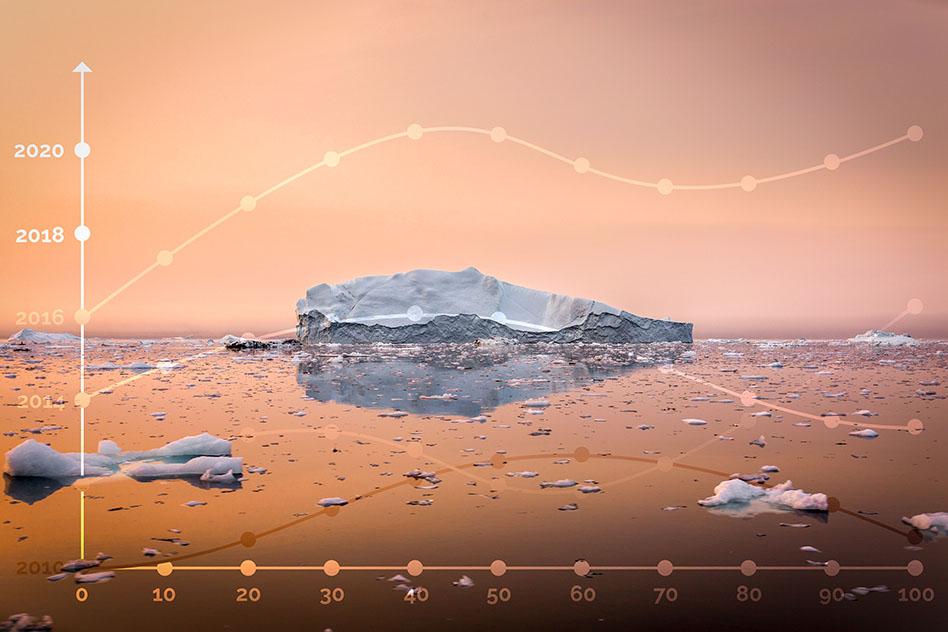
Faculty leaders highlight innovations that can close longstanding knowledge gaps and reimagine how the world responds to the climate crisis
Note: This is the final article in a four-part interview series featuring the work of the 27 MIT Climate Grand Challenges finalist teams, which received a total of $2.7 million in startup funding to advance their projects. This month, the Institute will name a subset of the finalists as...
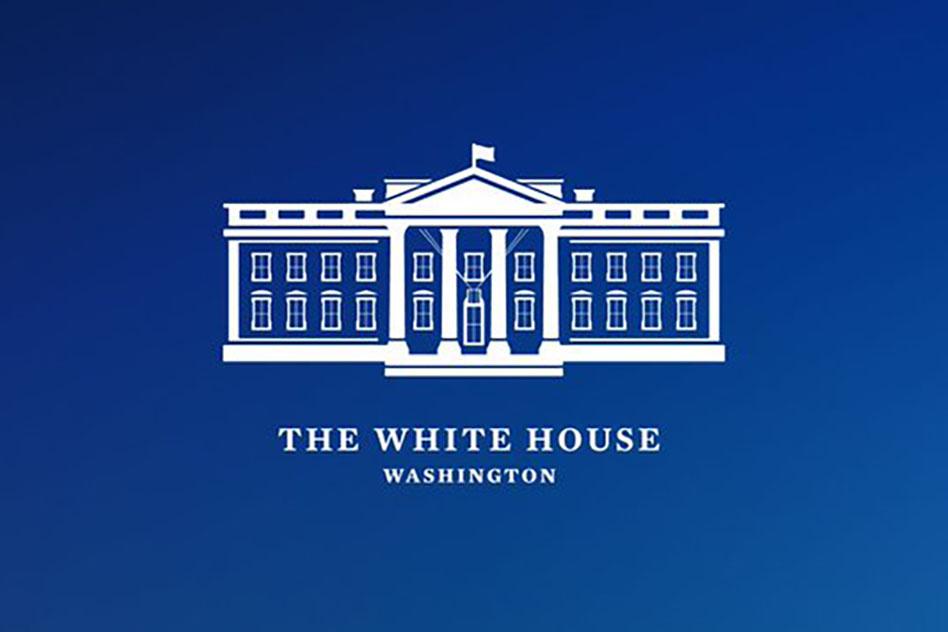
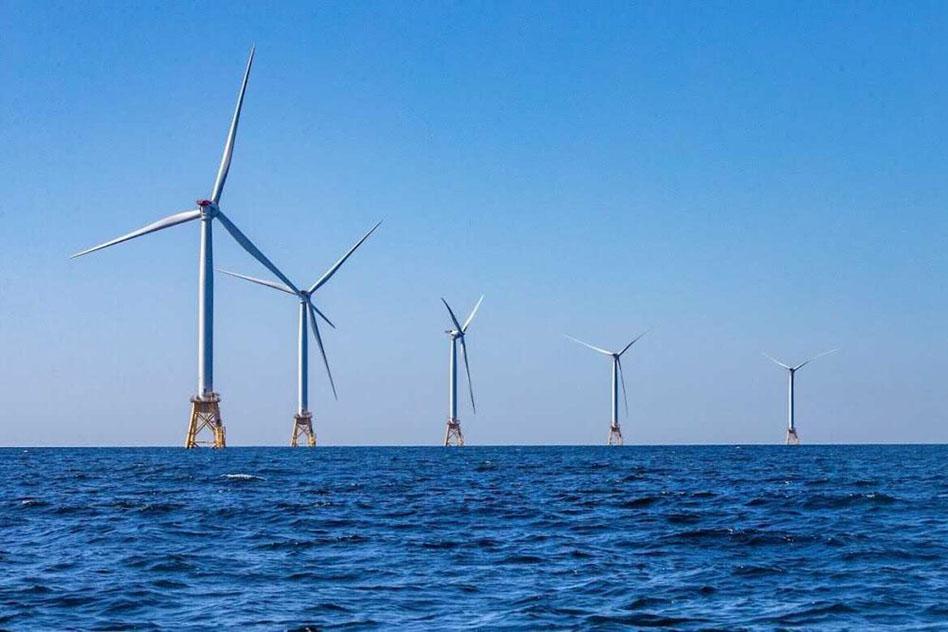
To avert the worst impacts of climate change, from extreme flooding to devastating droughts, the world will need to cap global warming at 1.5 degrees Celsius, according to the latest United Nations IPCC Report on the Earth’s climate system. Achieving that goal means that by around 2050, the...
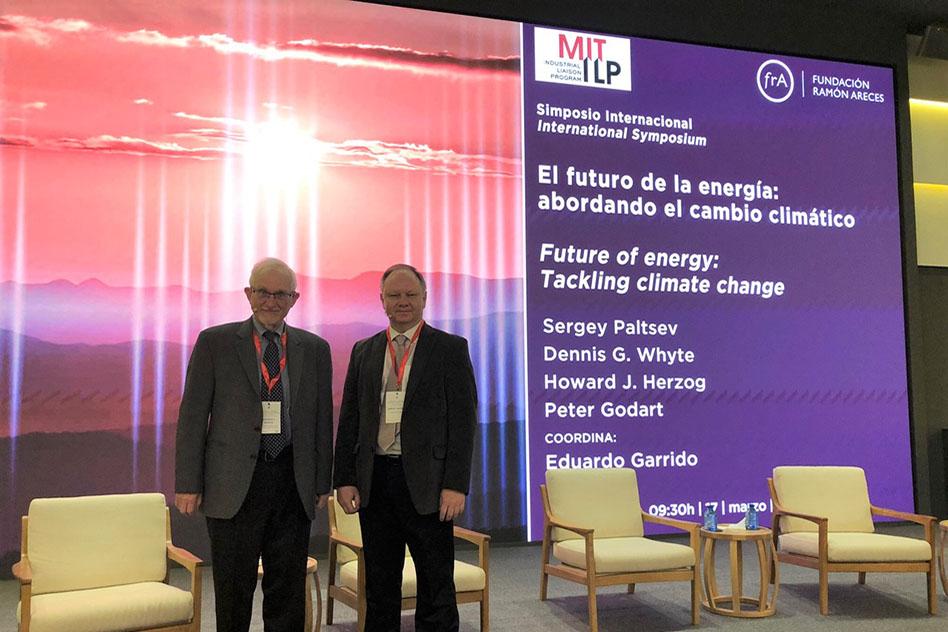
Currently, there is no magic bullet for fossil fuels—no one energy technology that can provide a cheap and reliable alternative capable of supporting the world’s growing energy needs. Instead, decision-makers looking to lower greenhouse gas emissions must choose from an expansive menu of...
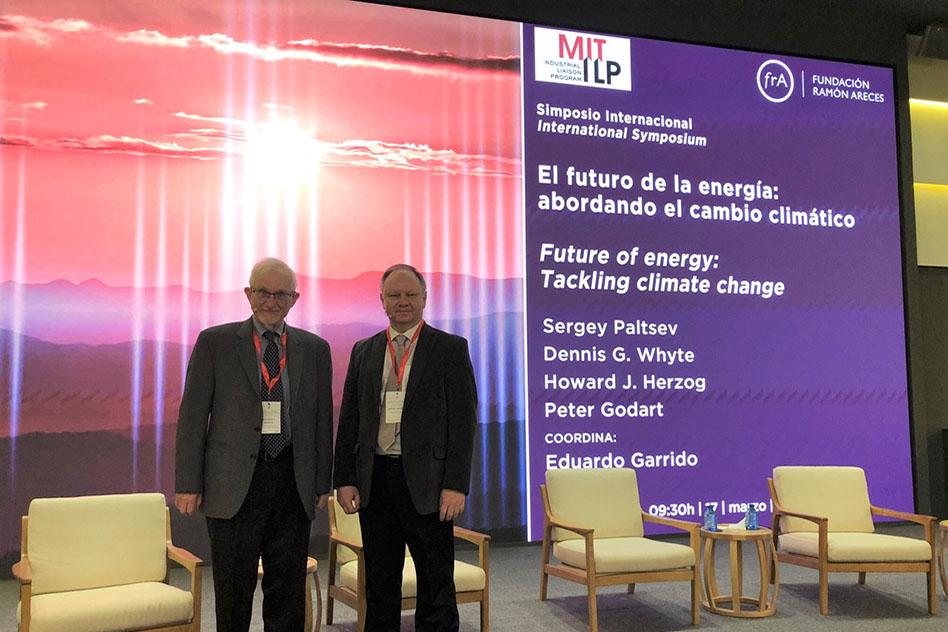
Currently, there is no magic bullet for fossil fuels—no one energy technology that can provide a cheap and reliable alternative capable of supporting the world’s growing energy needs. Instead, decision-makers looking to lower greenhouse gas emissions must choose from an expansive menu of...

Faculty leaders detail promising technologies, materials, and methods that could help unlock a low-carbon future in sectors where emissions are hardest to cut
Note: This is the third article in a four-part interview series highlighting the work of the 27 MIT Climate Grand Challenges finalist teams, which received a total of $2.7 million in startup funding to advance their projects. In April, the Institute will name a subset of the finalists as...
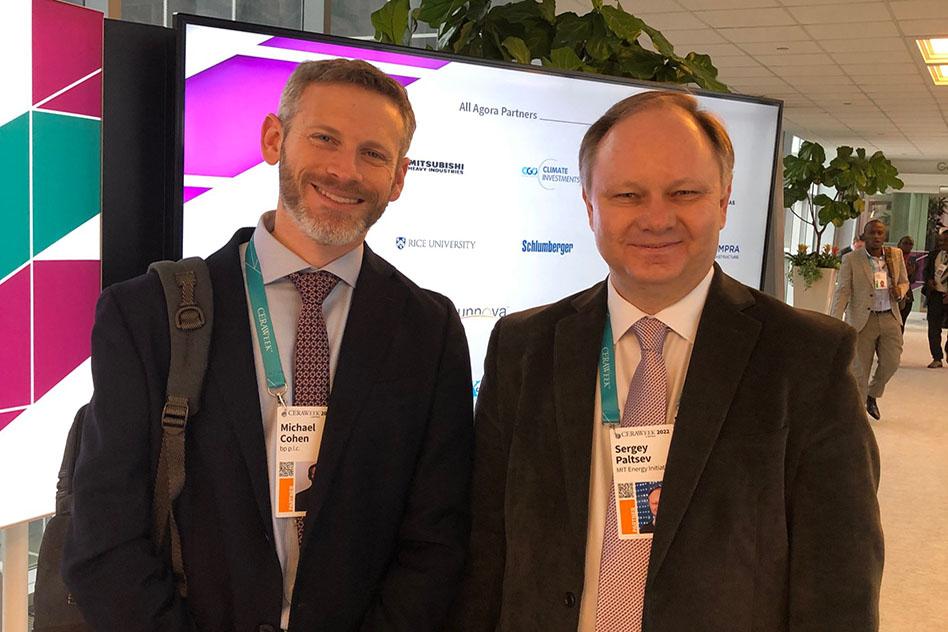
To meet the Paris Agreement’s long-term goal of keeping global climate change below two degrees Celsius, the world needs to rapidly reduce carbon emissions and scale up low-carbon technologies. Decision-makers seeking to lower greenhouse gas emissions must choose from many technology and policy...

